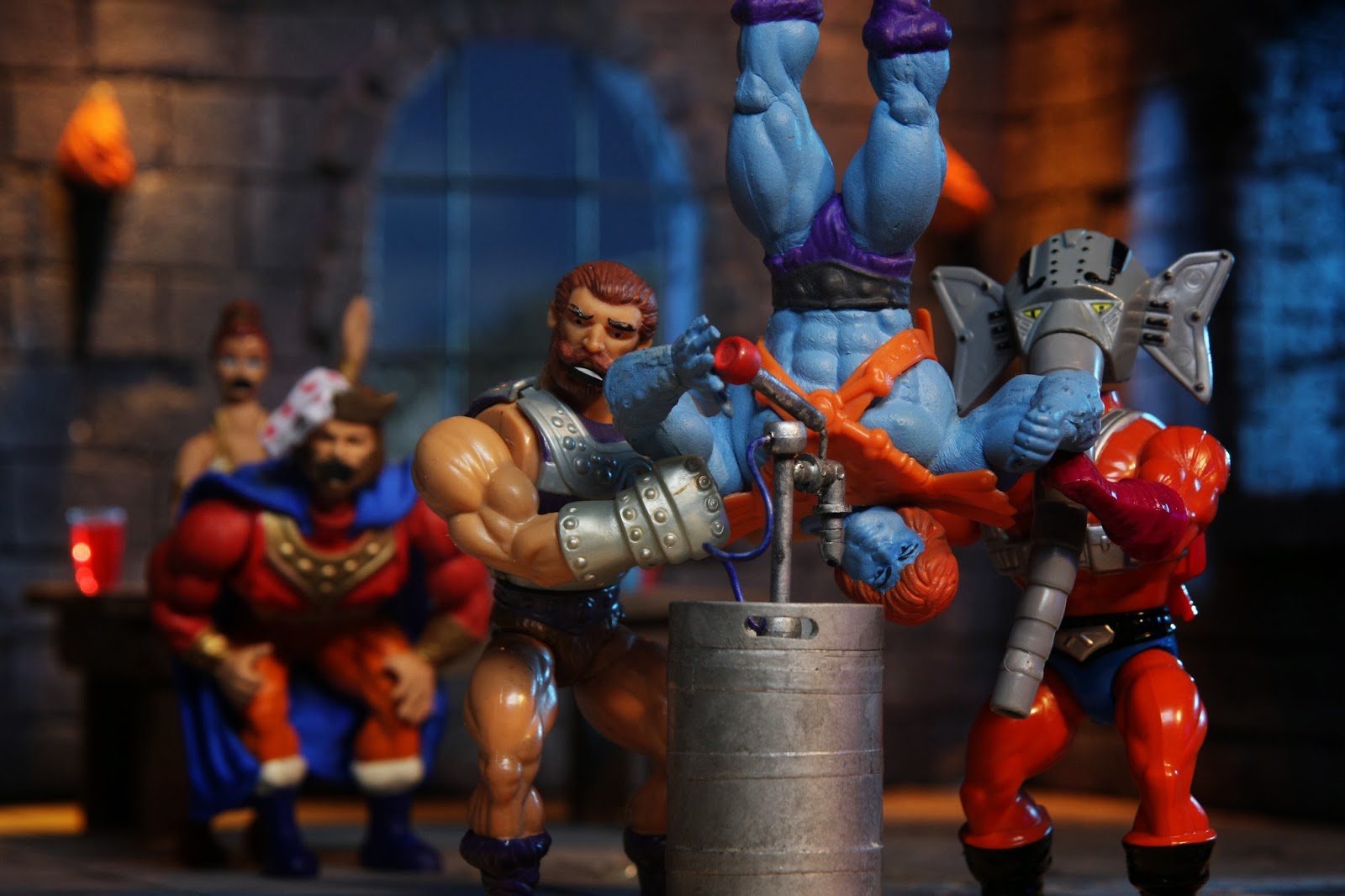In this blog entry I
will be discussing some of the key events in the development of animation from
the early 1900’s to current day.
Before motion
picture films there was animation and one of the first ways in which animation
were produced was through a device called a Zoetrope. A Zoetrope is a device
where the frames of an animation would be printed on the inside of the circular
drum of the zoetrope and then the device would then be sped round in the
opposite direction of the frames which gives the visual impression that the
images are dynamically changing. In 1917 the first animate feature film was
created which was called El Apóstol which was created in Argentina, the film
was just over 70 minutes long and consisted of just under 60,000 frames.
The next key
development in 2D animation was in 1928 which introduced the synchronization of
sound with animation. This was the first animation by Disney which introduced
Mickey Mouse in a 7 minute animation called “Steamboat Willie”. This
development revolutionized animation thereafter as animation previously were
just moving imagery without any sound.
The next
revolutionary development was in 1932 which saw the introduction of Technicolor
which enabled animations to be shot in colour which added a new dimension to
animation, as animations and feature films were previously all done in black
and white.
In 1980’s movies
started implementing computer generated imagery into their scenes and one movie
in particular called “Tron” is very iconic for its extensive use of CGI
throughout before Tron CGI was barely used in feature length films.
In 1995 the first
completely computer generated movie was develop which was called “Toy Story”
the movie was developed by "Disney which also created the “Steamboat
Willie” short animation. The movie didn’t require any physical acting and only
required voice actors to perform the voices for the computer generated
characters
Types of Animation
There is a common
argument that animations that a compiled of drawings are much better than
computer generated animations such Finding Nemo. Animations which fall into the hand drawn
category are animations such as Beauty and the beast and Dumbo where the whole
movie is made up of hand drawn frames, hand drawn animated movies were a common
trend in the early 90’s and most of the successful ones were created by
Disney. In modern days computer generated
animations are much more popular and Pixar movies such as Wall-E and Finding
Nemo always do very well at the box office. There are various types of
animation which can be identified by the unique techniques used the make them,
for example “stop motion” animation consists of capturing physical objects such
as figures and models in a particular pose and then repeating the process
multiple times to create an animation. A really good example of this type
animation is robot chicken which is tv show which is basically a tv show made
up of toy figures in a stop motion animation.

Another popular tv
show & movie franchise which utilizes stop motion animation is Wallace
& Gromit where the characters and scenery are made out of clay. Wallace and
Gromit has won several Oscars since it was created and meaning that this type
of animation is still favoured by a particular audience over animated movies
which have a heavy use of CGI. Developing an animation such as Wallace and
Gromit is quite a time consuming process and some other types of animation such
as 2D animation would take less time as all the frames are developed digitally.
An animation like Wallace & Grommets would undergo an extensive
storyboarding process which shows what happens in every other frame.
2D animation
consists of drawing bitmap or vector graphics digitally on a computer, there
animated file types such GIF which enable a number frames to be stored
therefore enabling you to make animations. A common piece of software you would
use to create a 2D animation would be Adobe Flash.
3D animation is a
slightly more advanced technique of animating as it consists of firstly
creating 3D Mesh for an object and then adding a texture on afterwards
This technique of
animation is very modern and in movies such as “Rise of Planet of the Apes” a
process called motion capture is used in which an actor would act out some
physical movements and then that actor’s silhouette would be remodeled into a
3D generated character as seen in the picture below.

Performance
capture has also been implemented into video games and in the Rockstar game “LA
Noire” has been used extensively. The way in which it was done was by using a rig
made up of a 360-degree set-up of 32 cameras grouped into pairs to capture the
performance of an actor from the neck up. The footage creates an exact 3D mesh
overlay of every facial expression meaning what you see isn't strictly
animation, but more like a converted film sequence. The reason performance
capture was sued on this game was because the reading of expressions on the
characters faces serves as an important game mechanic when deciding a character
is lying or not. LA Noire is the only game really to utilize performance
capture this heavily however I predict in the future it will used a lot more.











